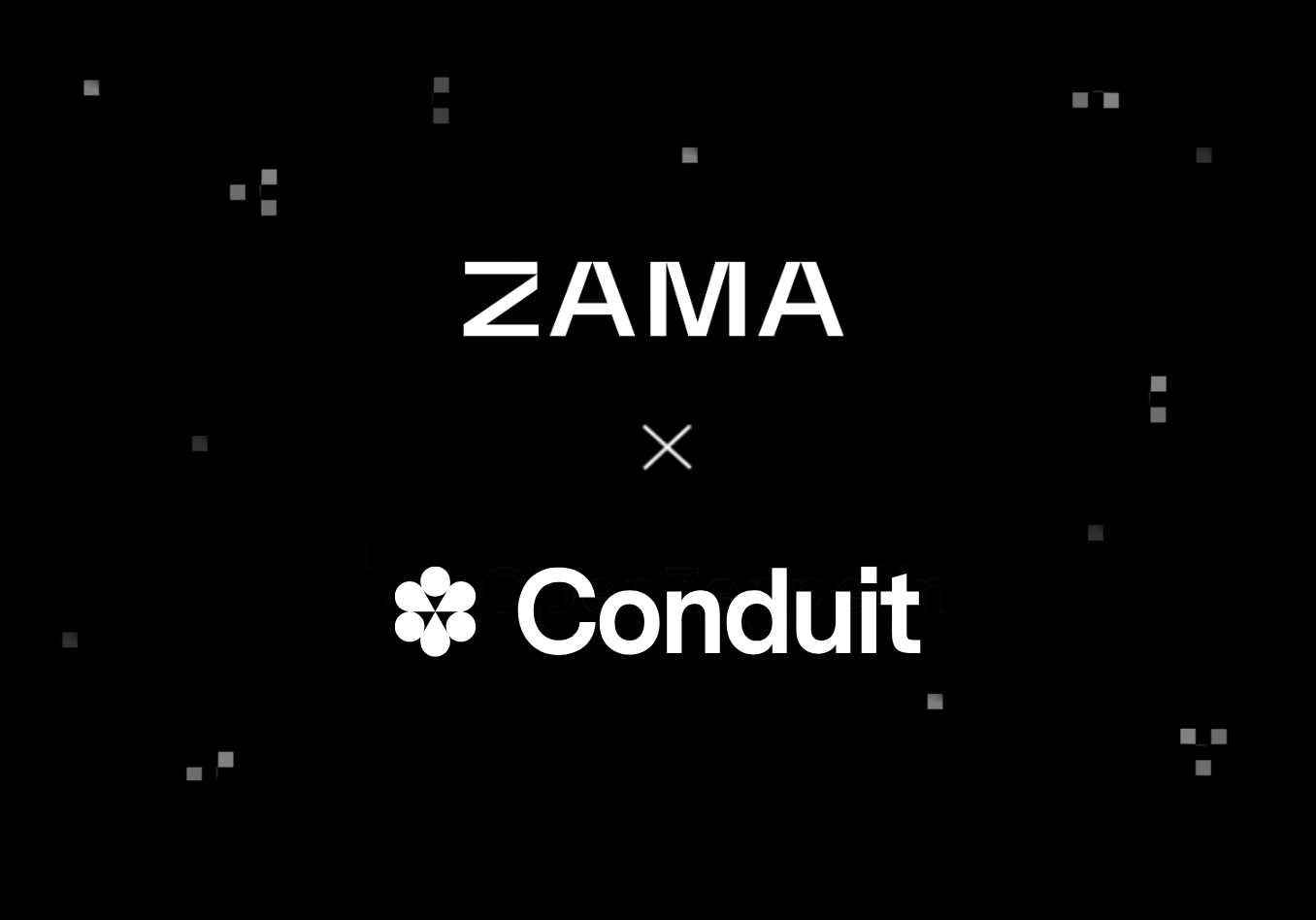How We Hire at Zama
When we think about how to build our team, the first thing we think about is the culture we want to create. At Zama, we are a community of passionate people working on solving some of the biggest privacy and security challenges. Our hiring process and our company ethos are built to reflect this.
Hiring and Onboarding
How do we actually choose the right people to join our team? As founders and executives of several successful companies, we have had the chance to see what works and what doesn’t work, which is how we determined what we now look for in candidates. Here are some of things we keep in mind:
- DIVERSITY: It is now a well established fact that diversity in a team fosters innovation. If everybody in the team thought in red, all our ideas would be red. But if the team thought in red and green, then we could now have red and green ideas, but also invent something new by mixing them: yellow. Solving privacy is a tough problem that will clearly require a rainbow of ideas.
- ADDITIVE CULTURE: Culture is often thought of as something that already exists when someone new comes in. In practice, however, every new person will change the company culture and add to it in proportions that are inversely correlated to the team size. Thus, we look for people that can make Zama a better place to work, and can demonstrate strong team spirit and positive thinking.
- EXCELLENCE MINDSET: Solving privacy requires putting together a team of exceptional people with exceptional abilities. It goes without saying that one of the things we consider when hiring someone is how good they are and will be at their job, and whether they strive for excellence. More than a resume or CV, we look for a mindset.
- CONTINUOUS LEARNING: Cryptography is progressing fast these days, and keeping up with what’s new isn’t just fun, it is also necessary to ensure our technology can withstand modern attacks! Learning is a very important part of our culture, and we look for candidates who love to learn.
- PRAGMATISM: We love fundamental research and publishing papers, but we also love addressing real world challenges. As such, we are looking for people who can think pragmatically, and work alongside others to solve problems for end users.
Of the many challenges in hiring, one is simply that talking to a large number of applicants while being a small team can become very distracting and time consuming. This is why our process is designed to be very lean at the early stages, and very human-oriented at the later stages. This gives the best candidates the most attention, and gives a stronger feel for what it will be like to work together.
Step 1. The Application Form
Rather than basic resumes that are rarely representative of how good a candidate is, we ask candidates to fill a simple application form.
Although it starts with simple questions such as name, email, Github, etc., what we are actually interested in are the answers we get to a set of supplemental questions. For instance, we ask candidates to tell us about something they worked on and that they loved doing. It doesn’t have to be software, it can be anything. What we look for here is a demonstration of creativity in getting stuff done with very little resources. We also ask about their interest in privacy, their reasons in wanting to join Zama, and what they look for in places they work, all of which help us better understand what motivates the candidate.
Step 2. The Challenge
This is our team’s favorite. Once a candidate is selected based on their application, we then send them a challenge related to the position to which they are applying. For example, someone applying for a cryptography position will be asked to implement a protocol and do something creative with it. They can use any tool, language, and library they want. The goal for us is not to obtain a solution to the problem, but rather to see how creative people are in a real-life scenario.
The challenge itself is hard enough that it takes several hours to complete, but easy enough that it doesn’t require a priori knowledge of the problem at hand. Most importantly, it assesses a candidate’s passion for the subject.
Once we receive the challenge, we take a thorough look at it, and assess the following:
- creativity in attempting to solve the problem
- expertise in applying the right algorithms or theories
- ability to clearly explain the approach taken
- quality of the code written or documentation produced
By doing this challenge, we have found that only people that are truly passionate about what they do will take the time to complete the task. They will put extra effort into small details because they enjoy tackling the problem. Since we designed the challenges to be as close as possible to the actual problems we face in our daily work, someone passionate about solving the challenge will most likely be passionate about our work at Zama.
Many applicants end up dropping out of the process at that stage, which is good, since we can then put extra focus on the few that don’t 😉.
Step 3. The Technical Interview
If we like the challenge results and have a good feel for a candidate, we invite them to come meet our team and have a technical interview. The goal here is to dig deep into the knowledge of the candidates, and see what they would need to learn before they can become operational.
We know whiteboard interviews are not always the best way to assess the fit for engineers, so we never ask things like explaining the AES algorithm as if it were a computer science exam — although we value deep algorithmic & theoretical knowledge.
What we do instead is try to have a very deep discussion about a technical problem we are facing as a company. It helps us assess:
- the technical depth of the candidate
- human skills, communication skills, and cultural fit
- creativity, thinking speed, and pragmatism of solutions
- ability to pick up new concepts
Successful candidates often provide very useful insights into the problems we are having. They enjoy the discussion, and it generally feels more like an extremely interesting and deep discussion rather than a technical interview.
Step 4. The Hacking Trial
Based on the previous steps, the team determines whether the candidate would be a good fit, in which case they get invited for a trial period at our Paris office. The trial lasts two days, during which the candidate must demonstrate something that works. The project candidates work on is not company related, and is not something we use, but rather a fun project that requires similar skills to what we actually do!
This trial period aims at testing both how productive the person is when working on hard problems, as well as if the fit is good with the company and the team. This works both ways, and gives candidates a good idea of what working at Zama would be like.
Step 5. The Reference Check
If the team likes the candidate, we ask for at least two references, which must be people the candidate has worked with before.
During the reference call, we go deep and try to understand how the candidate solves problem, works in a team, what their qualities and shortcomings are (this requires creativity since references will typically only try to be positive towards the candidate), and so forth. What we want to find out are the hidden qualities or red flags.
Finally, we celebrate!
We know our process can be tedious and hard. We built it that way because we want to make sure any one joining the company does it for the right reasons. The worse thing would be for someone to leave after a few months because they (or we) realized it was not a good fit. Our process actually works so well that new team members barely feel “new” when they come in for their first day of work!
Achieving our very ambitious goals requires putting together the Apollo team of Cryptography, and we are truly humbled to see that so many talented people are excited to join the adventure. Learning goes both ways, and it is as a team that we can solve privacy for everyone!
If you care about creating technologies that will solve privacy and security for everyone, get in touch by applying here! We would love to hear about what makes you tick, your own personal projects, and discuss how we could work together.
And see all open positions here.
.svg)


.png)